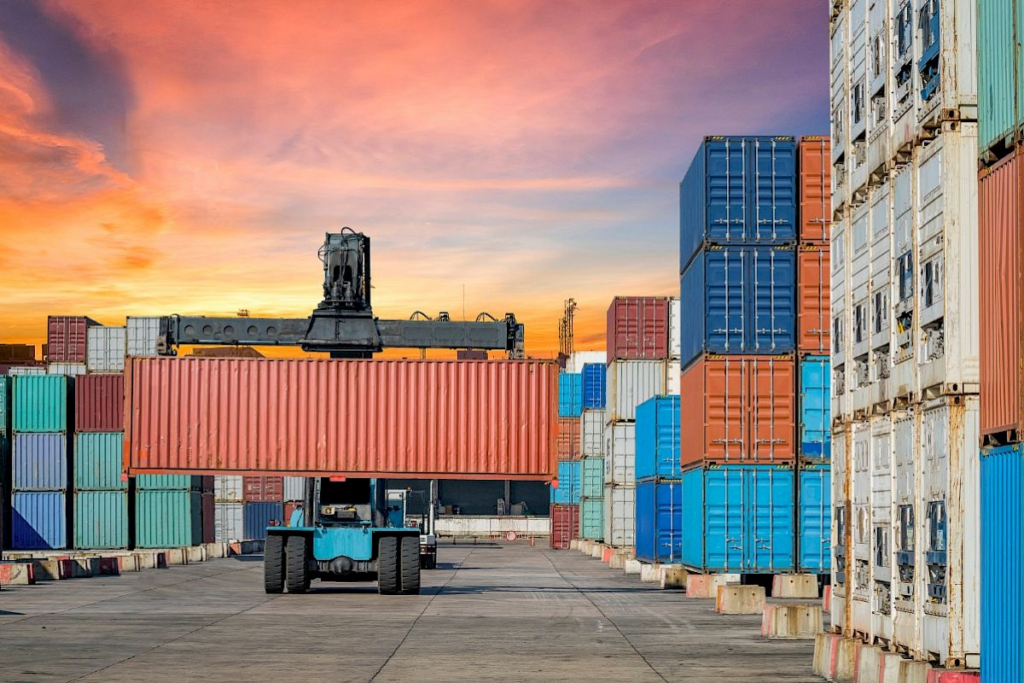DM, COD, LCL, CYCY… What? For a layman, these are pretty irrelevant and confusing terms. However, it’s an entirely different story for international shippers. If you’re stepping into an international shipping business, then it’s very crucial to learn about the important international shipping terms or incoterms. These are basically the abbreviations that are used while transporting goods on a global level. This article is specially designed to help you familiarize yourself with the commonly used incoterms in the shipping industry. So, without any further ado, let’s dive in!
What Are Incoterms?
“Incoterm” is an elided or merged term that corresponds to “International Commercial Terms”. In simple words, it is a glossary of the most commonly used terms in the shipping industry. These terms are used to communicate the information regarding all aspects of container shipments throughout the globe, to all the involved parties.
Common Incoterms And Their Meaning
Below are the commonly used incoterms along with their meanings :
1. COD – Change Of Destination
Suppose your packages have been loaded on a container and moved on their way towards a particular destination. But now, you need to change the destination of your container ship. How will you do that? The answer is, by requesting a COD!
COD is simply a request made to change the destination of the container.
2. CYCY – Container Yard to Container Yard
CYCY stands for Container Yard to Container Yard. The container yard you’re reading about is a port facility where the containers are kept before they are loaded and after they are discharged. This term is used to explain that the responsibility of a particular container starts right from the port of loading to the final port of discharge.
3. FCL– Full Container Load
The term FCL explains that you have as many goods as a container needs to be loaded to its full capacity. This term is used to signify that you’ll use the entire container for shipping your goods.
4. LCL – Less than Container Load
LCL is nothing but the opposite of FCL. It means you have fewer goods to ship and they won’t fully stuff the entire container.
LCL is great for small businesses that have relatively small shipping volumes but have strict delivery policies. This approach allows the shippers to save on the container cost because goods are transported at much lower rates. Here, you can share the container with other shippers.
5. Bill of Lading
It is a legal document that is issued by the carrier to the first party. It includes details such as the rate of container, quantity and type of goods, destination, etc.
The Bill of Lading acts as an agreement between the involved parties and also guarantees that the importers receive their goods in the right shape.
6. DM – Demurrage
Demurrage is a small amount of fine that a container charges when you don’t pick up your goods on time. Generally, when the containers are released from the port, there is a fixed duration for which they can be stored on the port for free. You have to pick up the containers before this free period ends. If you exceed this deadline, you’ll have to pay a demurrage fine according to the extra time your containers are left at the port.
Additionally, you might also have to pay the demurrage fee when the containers are not discharged from the destination port due to customs and regulations.
7. Rollover – The Container Never Loaded on The Ship
Sometimes the containers get rolled because they didn’t make it to the ship for several reasons like customs issues, vessel omissions or overbooking. In such cases, your shipment is scheduled and your container is loaded on another ship.
So, these were the 7 most used shipping terms used in the international shipping industry. If you want to learn more about these terms, check here.

